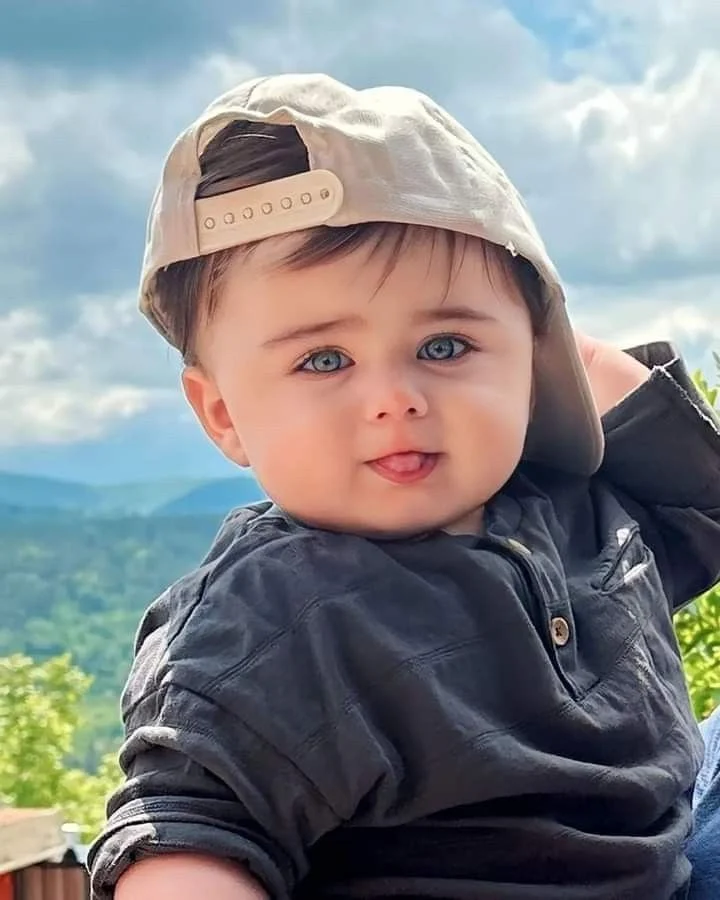In June 2015, Sarah and Mark Johnson brought their lively 2-year-old son, Ethan, to the pediatrician after he experienced a minor fall. Although he wasn’t eating or drinking like usual, the doctor didn’t seem overly concerned. Little did the Johnsons know, their lives were about to be forever altered in less than 24 hours.
When the pediatrician noticed some unusual bruising on Ethan’s ear, they ordered blood tests to rule out anemia. The results showed dangerously low platelet levels, prompting a visit to the local emergency room. After a series of tests, the Johnsons received the heartbreaking diagnosis: their once-vibrant toddler, who loved exploring the backyard and chasing butterflies, had acute lymphoblastic leukemia.
Overwhelmed and in shock, the Johnsons had little time to process this devastating news, as immediate treatment was essential. Their trip to the pediatrician for a routine check-up had morphed into an introduction to an oncology team at a nearby hospital, where compassionate staff welcomed them, fully aware of the emotional turmoil they were facing.
Within a week, little Ethan underwent surgery to have a port placed for his chemotherapy. Like most toddlers, being confined to a hospital bed was far from enjoyable. His parents spent those nine days walking the hospital halls, trying to keep their energetic son entertained while dragging his IV pole along.
“I often found myself sneaking away to cry in private,” Sarah recalls. “My precious baby boy—how could this happen?” When they finally left the hospital, they received a schedule for Ethan’s outpatient treatment. Unfortunately, he soon began to feel the effects of treatment, spending more time asleep as his blood cell counts fell, and losing his golden curls within weeks.
By day 29 of treatment, the cancer was in remission. Now, over a year later, Ethan is a spirited little boy, his hair starting to grow back, and his smile lighting up the room. However, his journey is far from over; he still faces two more years of chemotherapy. The Johnsons remain on edge, concerned about the risk of relapse and the potential long-term consequences of treatment.
“My son, my little warrior, will be a cancer survivor before he even starts elementary school,” Sarah says. “I used to listen to stories of families affected by childhood cancer on the radio, never imagining I would be one of them. Our lives changed in an instant.”
Sarah is not alone in this battle. A supportive community of mothers, known as Momcology, has been a crucial source of strength for her, reminding her she’s not alone in her fight. It’s vital for all of us to understand the realities of childhood cancer and how we can help support families like the Johnsons.
Here are ten key points to consider:
- Stay Positive. Avoid sharing stories of anyone who lost their battle with cancer. Instead, offer a smile and a hug to those affected—everyone can use a little warmth during tough times.
- The Fight Continues Beyond Chemo. Families often live in fear of relapse and face potential late effects long after treatment has ended.
- Research Funding is Lacking. Only about 4% of the National Cancer Institute’s budget goes to childhood cancer research. Many children are losing their lives while waiting for better treatment options that lack financial backing.
- No Special Treatments for Kids. Children receive the same harsh chemotherapy as adults, making it incredibly challenging for both them and their families to endure.
- Reach Out. Don’t let fear of saying the wrong thing keep you away. Families battling cancer need your support more than ever.
- Take Initiative to Help. Instead of asking if they need assistance, offer specific help, whether it’s organizing a meal train or mowing their lawn. And don’t forget the siblings; they also need extra love.
- Mental Health Days Matter. Families are often overwhelmed with information about their child’s cancer. They may need time to process before discussing updates.
- Avoid Suggesting “Miracle Cures.” If there were easy fixes for childhood cancer, families would be using them. Stick to encouraging words and let medical professionals handle the treatment plan.
- Appearances Can Be Deceiving. A child may look happy or healthy, but they can still be very ill. Their family sees the struggle, which is crucial to remember.
- You Can Make a Difference. Every one of you has the power to help. A small donation can go a long way. Consider supporting organizations like Momcology or donating to places like Alex’s Lemonade Stand or St. Jude, which fund vital research and treatments. You can also get involved by donating blood or joining the bone marrow registry.
I challenge you to take action in the fight against childhood cancer. Do it for Ethan and the countless children who face similar battles. Every effort counts, even if it starts with sharing this article. For further insights, check out our blog post on childhood cancer awareness and consider exploring reputable retailers for at-home insemination kits that provide essential resources for families. You can also learn more about fertility options at Johns Hopkins.
Summary
Childhood cancer is a devastating reality for many families. Understanding the challenges they face can help us provide meaningful support. From staying positive and being present, to recognizing the need for ongoing research funding, our collective actions can make a significant difference in their battles.

Leave a Reply